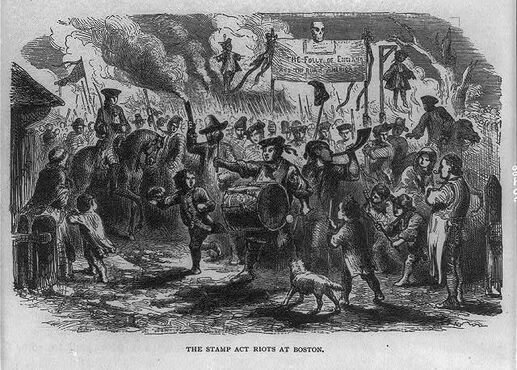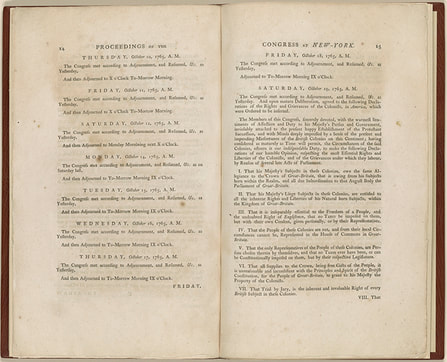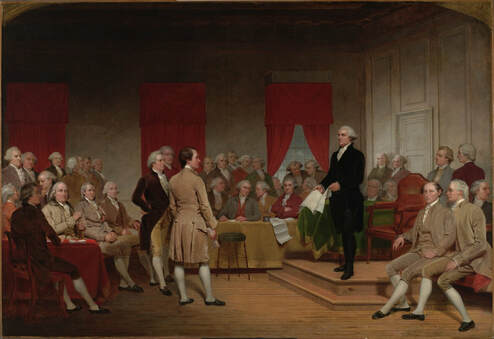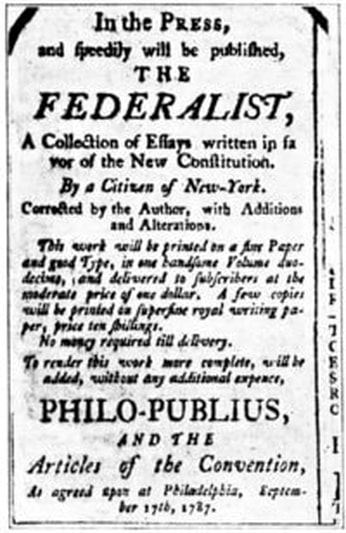Historical Context
“The Roman constitution formed the noblest people,
and the greatest power, that has ever existed.”
and the greatest power, that has ever existed.”
-John Adams
A Defense of the Constitutions of
the United States, Letter XXX (1787)
As a new nation was born out of the American Revolution,
the Founding Fathers looked to the past in order
to create a vision for the future.




